Murrumbidgee Final Business Case submitted to the Australian Government
Earlier this year, the NSW Government submitted the Final Business Case for the Reconnecting River Country Program in the Murrumbidgee to the Australian Government. The Final Business Case recommended an upper flow limit option and outlined the investment needed to deliver the program’s Murrumbidgee Project.
The Australian Government has now considered the Final Business Case and confirmed its continuing support for the program’s delivery in the Murrumbidgee.
We are currently working with the Australian Government to finalise an agreement and confirm delivery milestones for the Murrumbidgee project through to December 2026. Once this agreement is in place, we will communicate the outcomes of the Final Business Case more broadly, including the selected flow limit option, via the program’s webpage, e-newsletter and via SMS.
While the Final Business Case is confidential and not available for release, a summary is currently being prepared and will be made available once the agreement has been finalised.
Find out what this means for the Murrumbidgee Project
About the Reconnecting River Country Program
The Reconnecting River Country Program is a key Murray-Darling Basin initiative essential to creating healthier functioning river systems in the Murray and Murrumbidgee valleys.
Currently, rivers connect to wetlands and floodplains less often than is needed to maintain healthy ecosystems, due to river regulation and extraction. Water for the environment aims to restore the balance, however constraints restrict the effective use of this water contributing to the continual decline of the health of Country, including the species depending on these environments to survive.
A constraint is any physical, policy or operational barrier limiting the flow of water in river systems. There are a range of flow constraints in the Basin, some examples include:
- physical restrictions such as low-lying watercourse crossings, weirs and levees
- operational restrictions such as river operation rules and practices
- policy barriers such as existing legislation.
The program is proposing to remove constraints to enable the flexible use of water for the environment to increase the frequency and extent rivers connect to their wetlands and floodplains. Removing constraints is critical to achieving the Murray-Darling Basin Plan’s improved environmental outcomes and making best use of existing water recovered from communities.
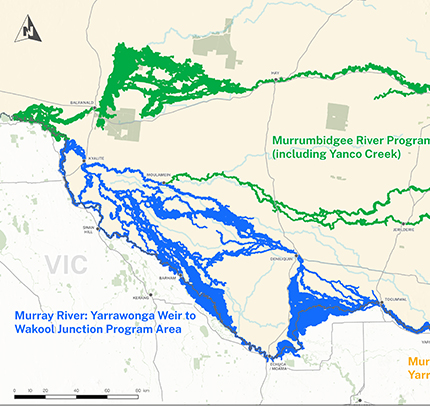
The program area occurs within the Murray and Murrumbidgee valleys, along the following river systems:
- Murrumbidgee River, including Yanco-Billabong creek system
- Murray River - Hume Dam to Wakool Junction.
View a map of the program area.
If the program proceeds to delivery, greater flexibility to manage water for the environment would create healthier river systems providing a range of benefits for native vegetation, native fish, waterbirds, turtles, frogs and other wildlife.
Healthier river systems would provide generational benefits for local communities and the broader Basin community.
We are also consulting with First Nations people to understand how the program could improve connection and access to Country and healthy culture.
The program could deliver a range of outcomes benefitting First Nations communities such as healthier connected Country and improved access to land and water, contributing to the health and well-being of First Nations communities and culture.
Landholders, land managers and communities may also benefit through investment in infrastructure, the potential for improved agricultural productivity for graziers, as well as benefits to recreational fishing and tourism.
Program status
Murrumbidgee Project update
The Reconnecting River Country Program is an Australian Government funded initiative under the Murray-Darling Basin Plan. The Australian Government has committed $274 million to fund the program until December 2026.
Earlier this year, the NSW Government submitted the Final Business Case for the program’s Murrumbidgee Project to the Australian Government, recommending an upper flow limit option and outlining the investment needed for delivery.
The Australian Government has historically made a significant investment in recovering water from community for the environment. Realising the full benefits of this recovered water in the Murrumbidgee is not possible without delivery of the program.
A decision to proceed to delivery in the Murrumbidgee would mean the selection of an upper flow limit option and establishment of a flow corridor along the Murrumbidgee for future managed environmental water deliveries.
Establishment of a Murrumbidgee flow corridor will require voluntary agreements with affected landholders and stakeholders for flow easements.
The program anticipates these managed environmental flows would occur about 3-5 years per decade, comprising some smaller events and some larger events up to the flow limit.
It is important to note, the highest flow limit being considered for the Murrumbidgee Project is significantly below the 2022 flood level and below minor flood level in most areas.
Find out more about the flow options being considered in the Murrumbidgee on the program’s inundation mapping.
Murray Project update
The Australian Government has committed an additional $274 million to fund the program until December 2026.
In the Murray River program area, funding allows the program to:
- progress technical studies for a future Murray Final Business Case, including hydraulic modelling, environment benefits and risk assessments and climate change and salinity impact assessments
- deliver 3 early works and measures projects, by December 2026, including the Werai Forest, Mundowy Lane and Mundarlo Bridge projects.
Landholder engagement in the Murray program area is currently paused, awaiting consideration by Basin jurisdictions of the Murray-Darling Basin Authority’s (MDBA) Constraints Relaxation Implementation Roadmap.
The roadmap was developed in consultation with the Basin states, the Australian Government and the public, and was published in December 2024. It provides a guide for governments and communities to navigate the complex reforms required to relax constraints. The roadmap findings reflect the MDBA view on how to move forward with relaxing constraints, including specific recommendations for the Murray.
It’s important to note, the program has not yet developed a Final Business Case for the Murray. A recommended flow limit for the Murray cannot be determined until the benefits and risks for all flow limit options, including a cost benefit analysis, are considered in a detailed Final Business Case.
Find out more about the flow options being considered in the Murray on the program’s inundation mapping.
Stakeholder consultation
The department’s Water Group and partner agencies are committed to building and maintaining respectful, trusted and collaborative relationships with our communities and stakeholders to ensure programs achieve the best possible outcomes.
Feedback plays a vital role in the development of the program. We take the views of landholders and stakeholders seriously and encourage feedback as part of the program’s engagement activities.
Our past and current engagement with stakeholders ensures issues are identified and informs development of a suite of program measures to mitigate any potential effects before making changes to existing rules, policies or infrastructure.
We are continuing to engage with landholders, First Nations communities, and the wider community across the program area to inform program development.
Find out more about the program by subscribing for updates or registering to be involved in the program on this page.
Program partners
The program is funded by the Australian Government and is part of the NSW Government’s commitment to the Murray-Darling Basin Plan.
It is being led by the department's Water Group in partnership with the department’s Environment and Heritage division and the Department of Regional NSW’s Local Land Services, who will work with landholders and communities across the southern basin to implement the program.
In developing the program, we are also working with:
- WaterNSW
- NSW National Parks and Wildlife Service
- NSW Department of Primary Industries–Fisheries
- Murray–Darling Basin Authority
- Victorian Government.
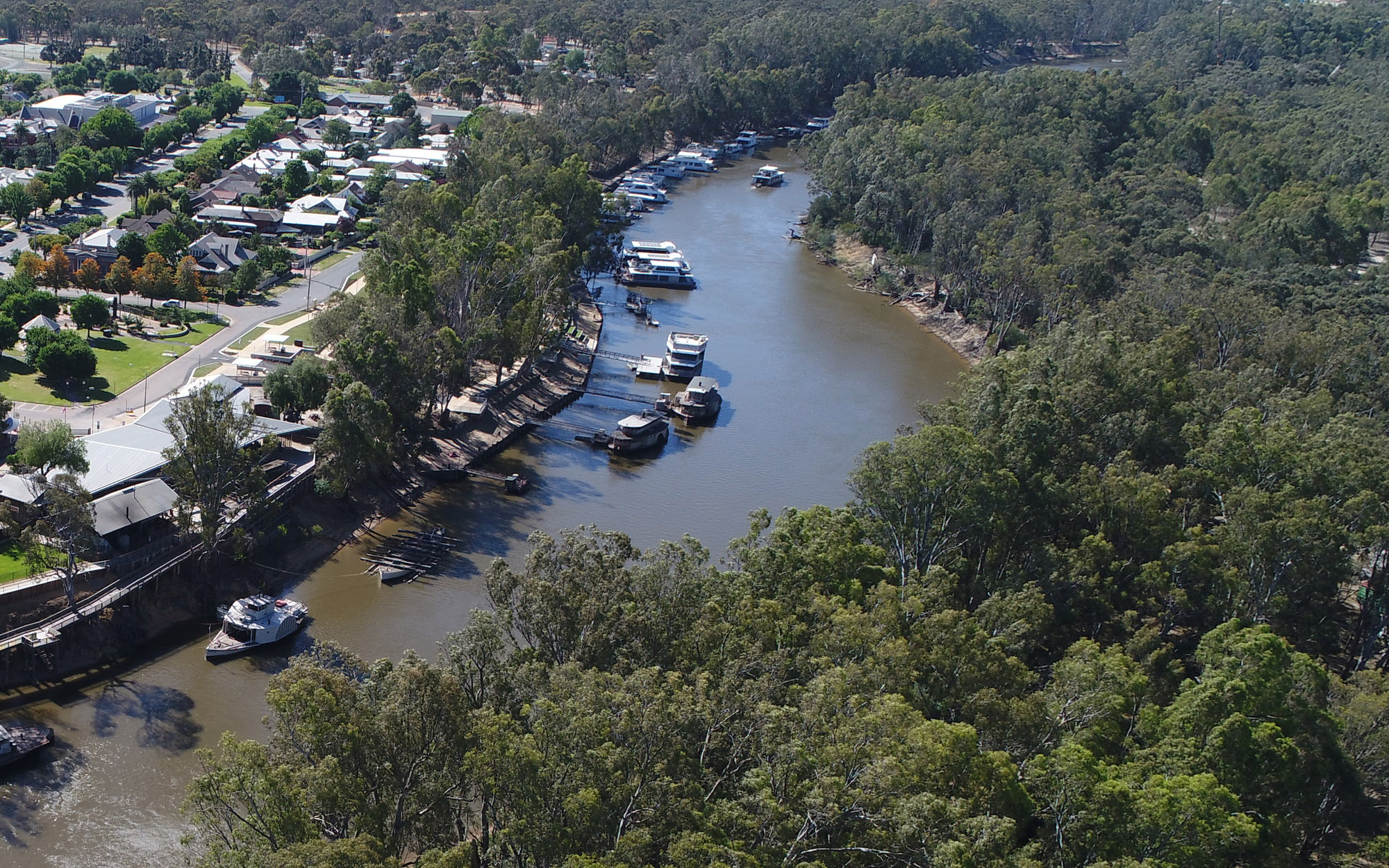
View the improved online inundation modelling for the program area.
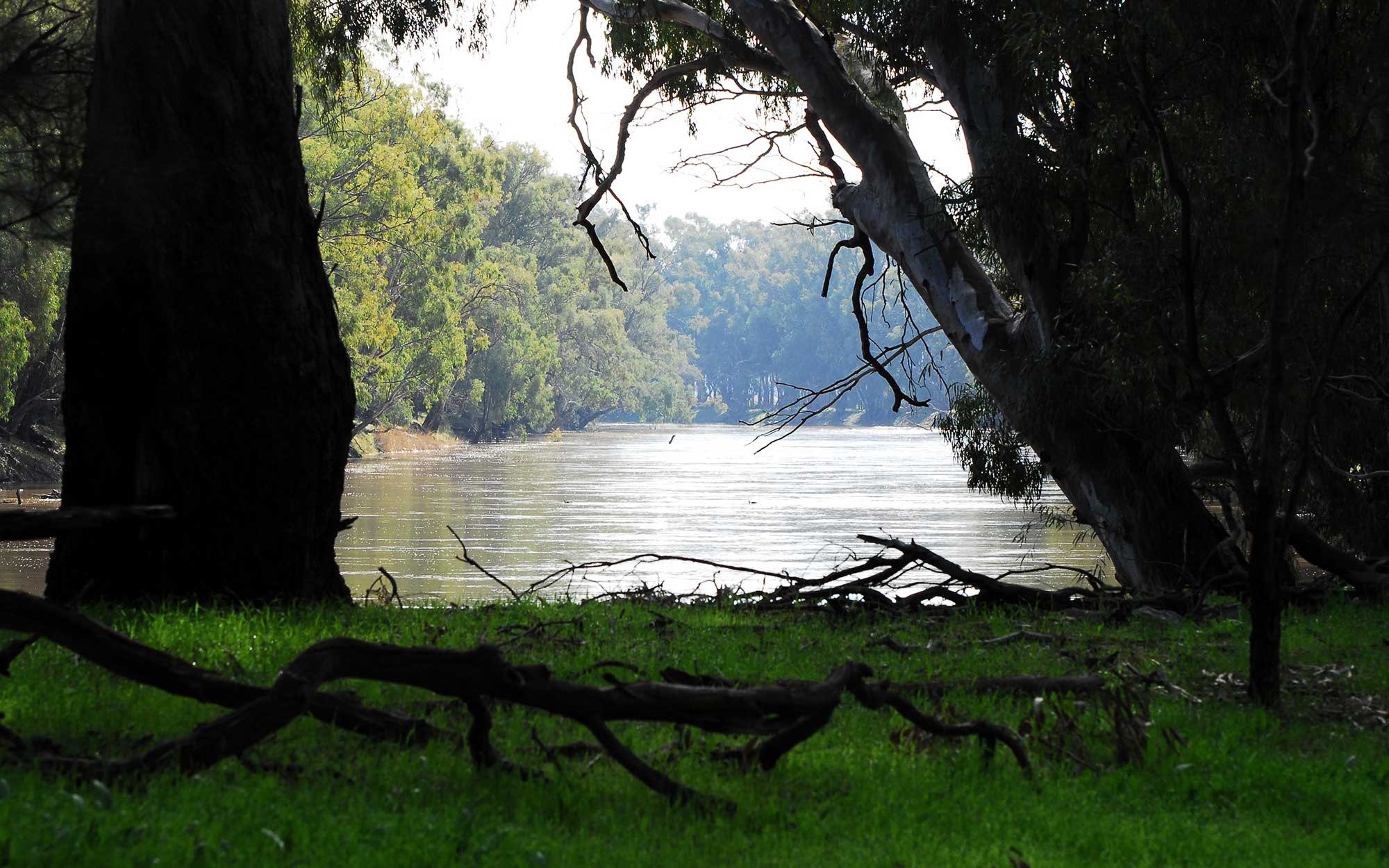
Find out more about Flow options being considered and our modelling.
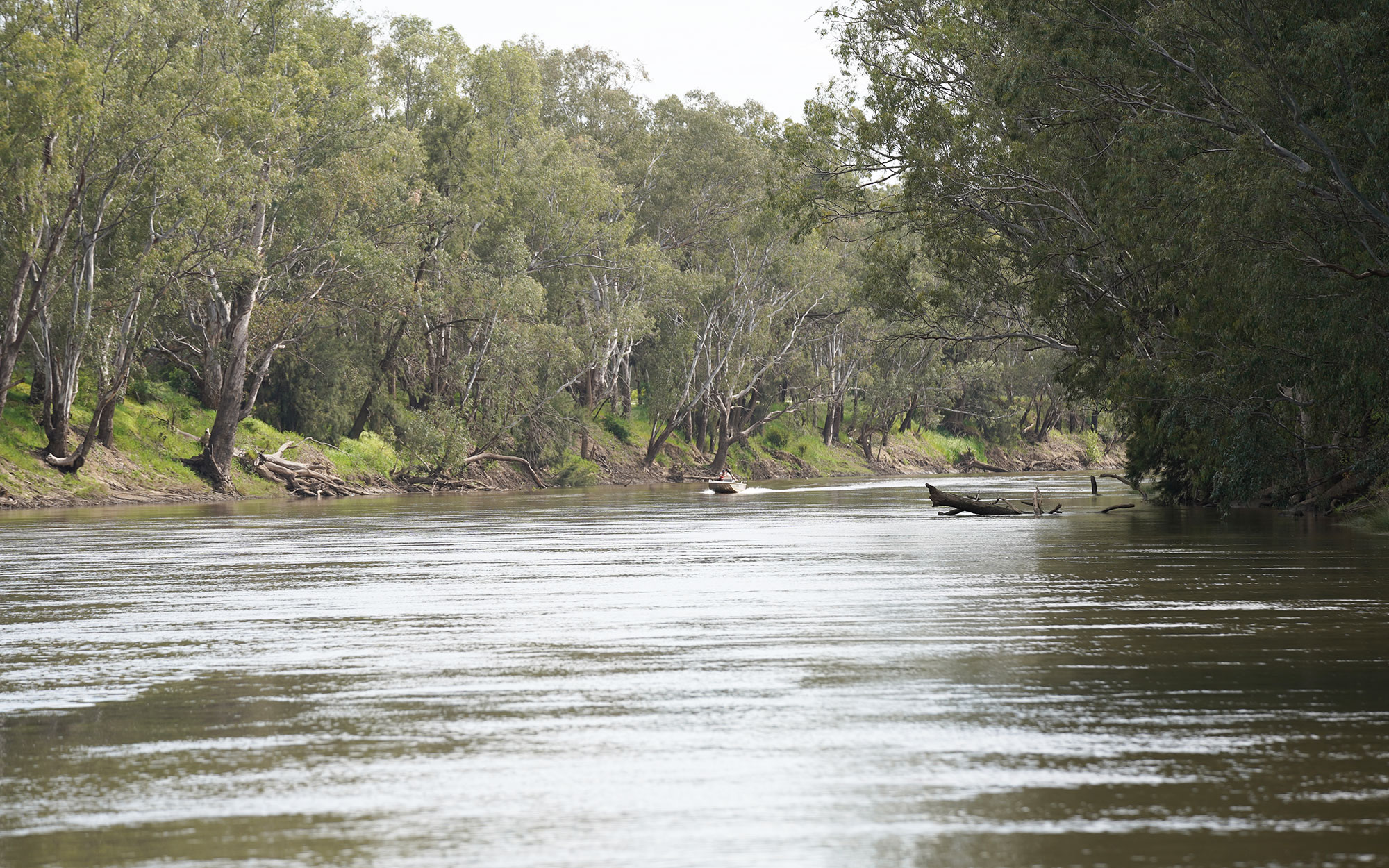
Program measures to mitigate impacts, improve access and connection to Country during proposed higher environmental flows.
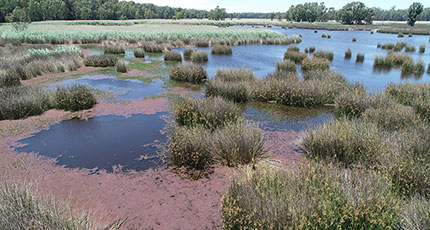
The purpose of the reference groups is to support transparent, equitable, fair and consistent engagement about the program with a broad range of potentially affected landholders and First Nations communities.

Find all the latest program information and resources.
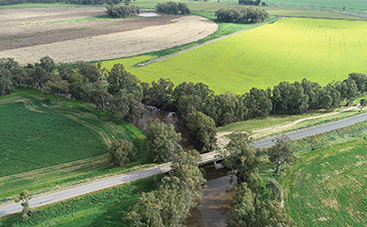
Find out if you are potentially affected and how to have a conversation with us.
Registration forms
Apply to participate in the Reconnecting River Country Program during the next phase of landholder engagement.
Apply now.
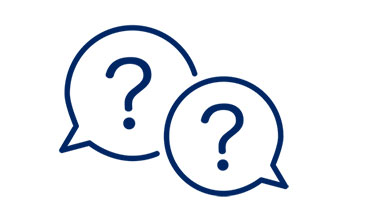
Ask a question about the Reconnecting River Country Program.
We acknowledge the Traditional Custodians of the land and we show our respect for Elders past, present and emerging through thoughtful and collaborative approaches to our work, seeking to demonstrate our ongoing commitment to providing places in which Aboriginal people are included socially, culturally and economically.
Contact us
For more information call us on 1300 081 047 or email us at: water.enquiries@dpie.nsw.gov.au
